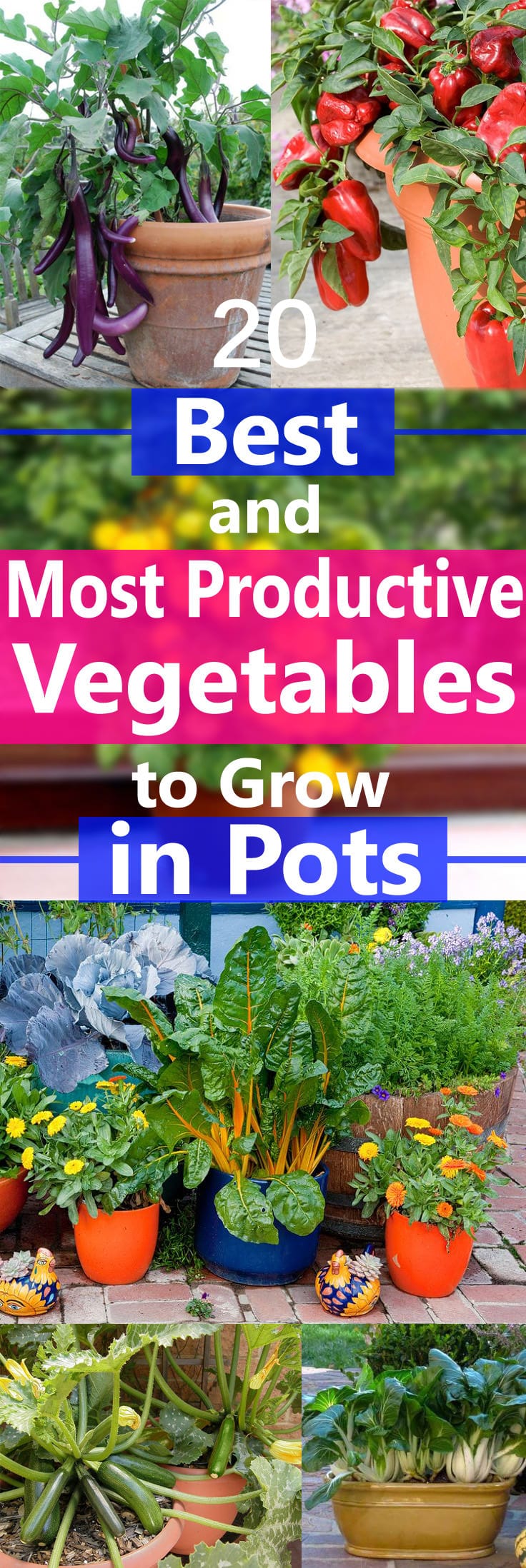Container gardening has become increasingly popular, especially for those who have limited outdoor space but still want the joy and benefits of growing their own vegetables. Whether you live in an apartment, have a small balcony, or just want to maximize your garden space, potted vegetables are a great option. But which vegetable works best in pots?

Why Grow Vegetables in Pots?
Container gardening offers several unique benefits that make it an ideal solution for urban gardeners, beginners, or anyone short on space. Growing vegetables in pots allows you to take control of the plant’s environment, which can result in healthier plants and higher yields. Here are some key reasons to consider potted vegetable gardening:
Space-Saving and Flexibility
One of the biggest advantages of growing vegetables in pots is the ability to do so in small spaces. If you don’t have a yard, you can still grow a variety of vegetables on your balcony, patio, or even indoors near a sunny window. This makes container gardening accessible for people living in apartments, condos, or homes with limited yard space.
Additionally, pots are portable, so you can easily move them to different areas to catch the sun or avoid harsh weather. You can also rearrange your plants to create a more aesthetic or functional layout.
Better Control Over Soil Quality
When you grow vegetables directly in the ground, you’re limited by the quality of your native soil, which may not always be ideal for certain plants. By growing vegetables in pots, you have full control over the soil mix you use. You can create the perfect environment for your plants by adding compost, organic matter, and the right type of soil, ensuring better nutrition and drainage.
Improved Pest and Disease Management
Potted plants are often less susceptible to garden pests and diseases. Since they’re elevated from the ground, you can reduce the likelihood of soil-borne diseases. You can also monitor your plants more closely and take action immediately if you notice any pests. This is especially important for urban gardeners who want to avoid using pesticides or harsh chemicals.
Ideal for Beginners
Growing vegetables in pots is a great way for beginners to start gardening. Since pots require less space and maintenance, you can experiment with different vegetables, learn about their needs, and figure out what works best for your environment. Container gardening also requires less physical effort, making it an approachable hobby for people of all ages.
Climate Control
For those living in areas with fluctuating weather conditions, pots provide flexibility. You can bring plants indoors when the weather gets too cold or move them to a shaded area during heat waves. This makes it easier to extend your growing season and protect your plants from extreme weather.
Choosing the Right Containers for Potted Vegetables
Now that we’ve discussed which vegetables work best in pots, it’s important to focus on another crucial aspect of container gardening: choosing the right containers. The type of container you use can have a big impact on the growth, health, and productivity of your plants. Whether you’re using a traditional pot, a fabric grow bag, or even a DIY container, each option has its pros and cons. Let’s explore the best containers for growing vegetables in pots and what you need to consider when selecting them.
Types of Containers
There are many different types of containers you can use for potted vegetables, each with unique characteristics. The choice of container often depends on the vegetable you’re growing, the space you have available, and your aesthetic preferences. Here are some common types of containers for vegetable gardening:
- Plastic Pots: Plastic containers are lightweight, inexpensive, and come in a wide variety of sizes and shapes. They retain moisture well, which is beneficial in hot climates or for vegetables that require consistent watering. However, they may not be as durable over the long term and can degrade in extreme sunlight.
- Clay or Terra Cotta Pots: These are popular for their aesthetic appeal and natural look. They are porous, allowing air and moisture to flow through the walls of the pot, which helps prevent overwatering. However, they dry out quickly and may require more frequent watering than plastic pots.
- Fabric Pots (Grow Bags): Fabric pots are breathable and promote excellent root health by allowing air to circulate and preventing root-bound plants. They also drain well, reducing the risk of overwatering. However, they may not be as durable or as visually appealing as other options and may need to be replaced more frequently.


